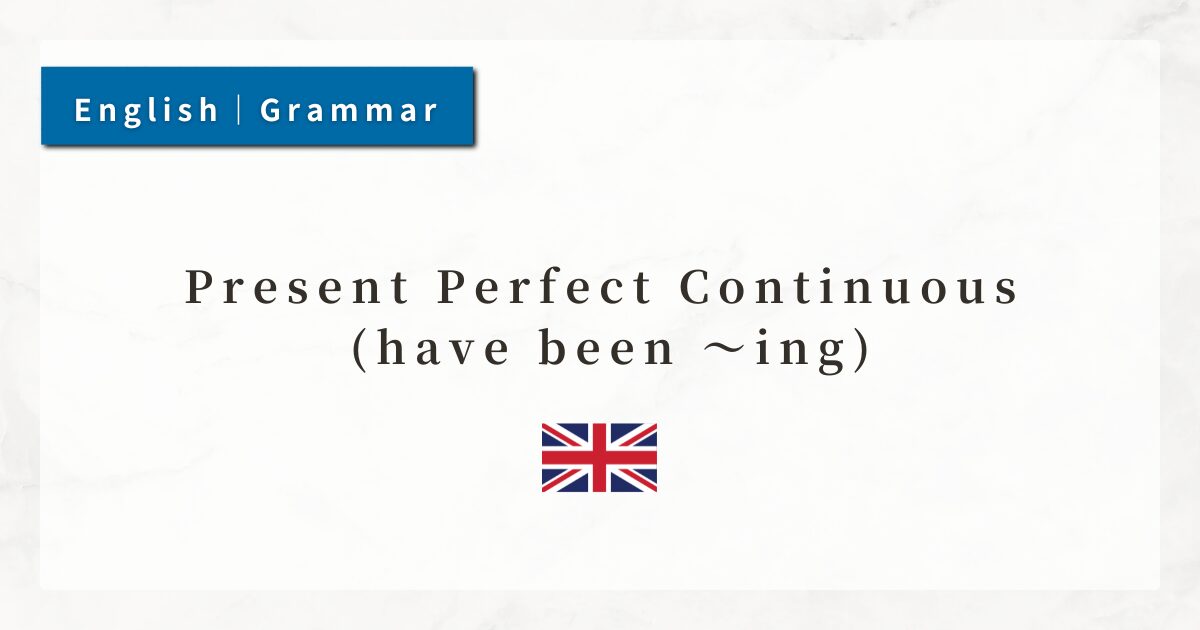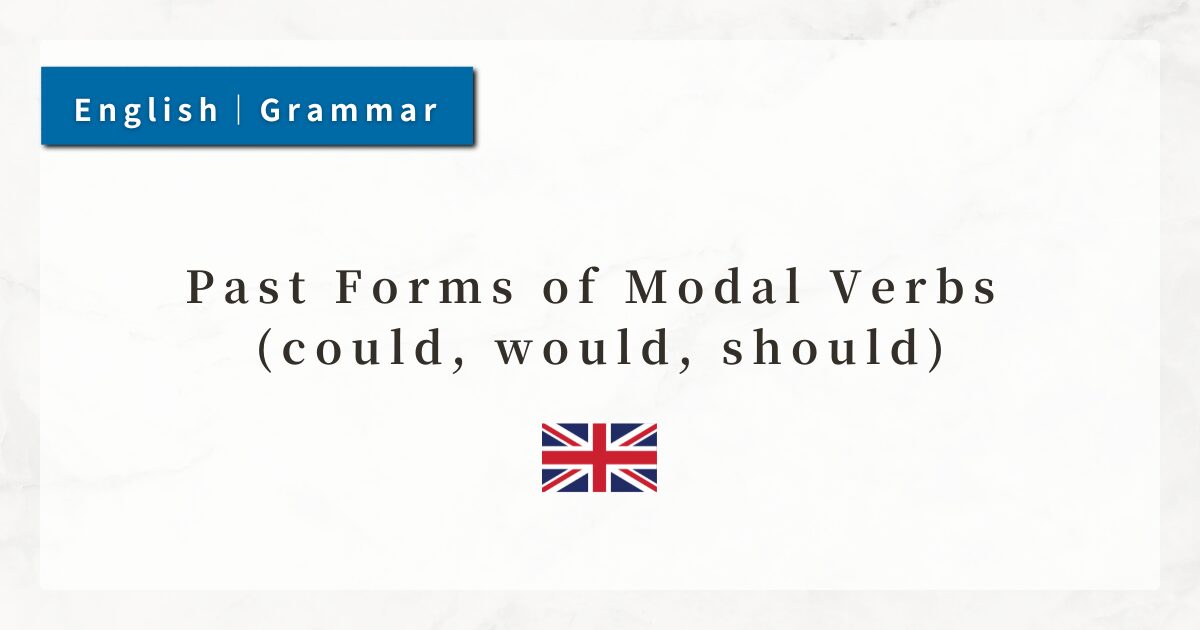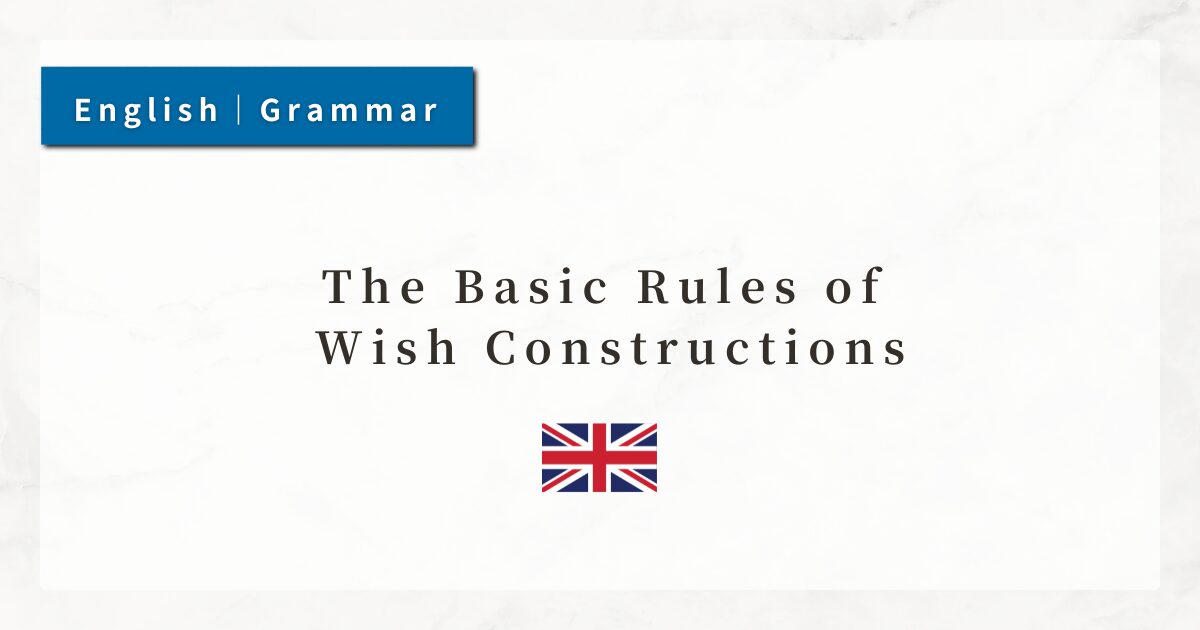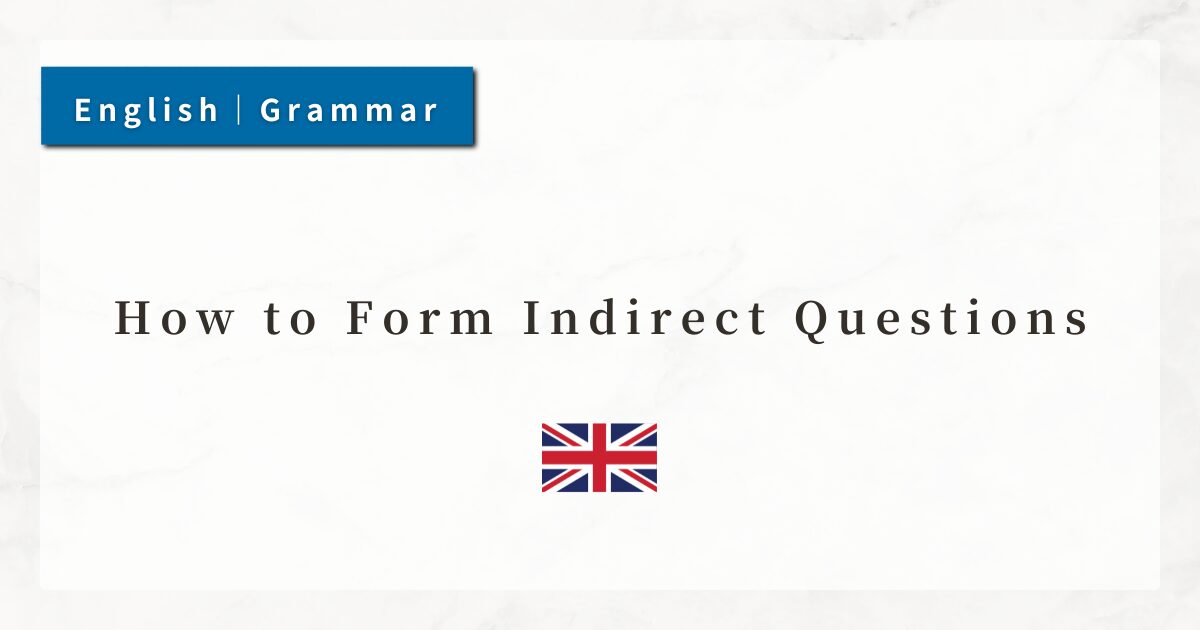#41 Present Perfect Continuous (have been ~ing)|Usage and Example Sentences

The present perfect continuous tense in English is used to express an action that has been continuing from the past up to the present.
It combines the perfect tense with the continuous aspect, and is particularly useful for emphasizing how long an action has been continuing and whether it is still ongoing.
In this lesson, I will explain the basic rules of the present perfect continuous and discuss key points on how to use it effectively.
1. The Basics of the Present Perfect Continuous
The present perfect continuous has the following structure:
Subject + have/has + been + verb-ing
It expresses an action or state that has continued from the past until now. It is especially common when indicating the duration of an action.
- I have been studying English for two years.
This example shows that I started studying English in the past and I am still studying at present.
The present perfect continuous is therefore used to highlight how long an action has been taking place.
2. Usage of the Present Perfect Continuous
2-1. An Action Continuing from the Past to the Present
This tense is frequently used with for (for a period of time) and since (since a point in time) to indicate duration.
- We have been waiting for an hour.
- She has been working here since 2010.
2-2. Expressing Recent Actions or Habits
It is also used to describe actions that have been happening recently, often with words such as lately or recently.
- He has been watching too much TV lately.
- I have been reading a lot of books recently.
Think of it as emphasizing temporary habits or repeated actions in the recent past.
2-3. Showing the Effect of an Action on the Present
The present perfect continuous can also express that a past action has a direct effect on the present situation.
- I’m tired because I have been running.
- She is out of breath because she has been working out.
These examples show how a past action has led to a current state.
3. Difference Between the Present Perfect and the Present Perfect Continuous
The present perfect tense (have + past participle) is used to express completion, result, or experience.
Although it can indicate continuation, it does not emphasize the “ongoing” aspect as strongly as the present perfect continuous.
- I have studied English for two years.
→ Emphasizes experience or result
In contrast, the present perfect continuous (have been + ~ing) emphasizes that the action is still continuing now.
- I have been studying English for two years.
→ Emphasizes continuation in progress
4. Summary
- The present perfect continuous is formed as: Subject + have/has + been + ~ing
- It emphasizes continuation: “I have been doing something from the past until now.”
- Main usages:
1. Continuation from the past (They have been living in Tokyo.)
2. Recent habits (I have been reading books lately.)
3. Effect on the present (I’m tired because I have been working.) - While the present perfect focuses on results or experiences, the present perfect continuous highlights how long an action has been continuing.




